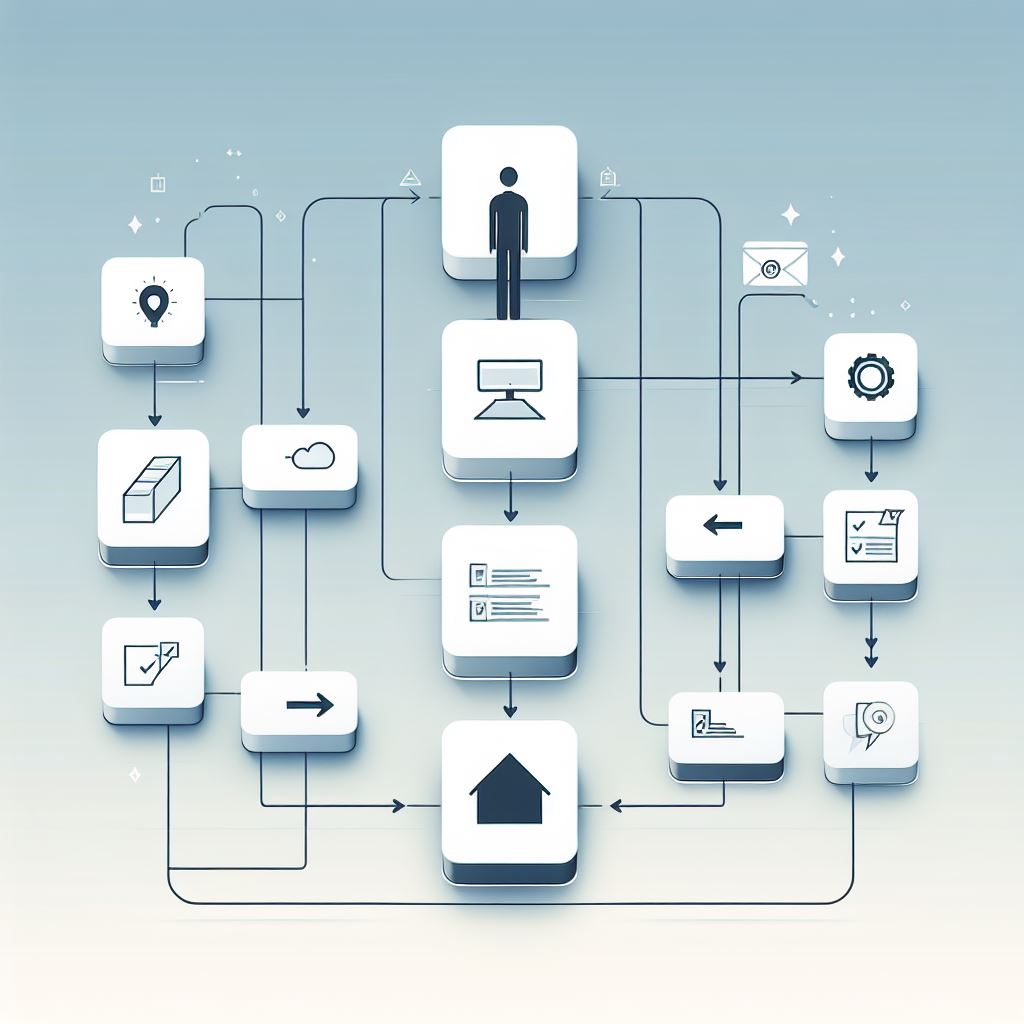What Are Workflows?
Workflows are the orchestrated sequences of tasks and processes within an organization. They ensure that work flows smoothly among team members, eliminating bottlenecks and keeping projects on track. By meticulously designing, executing, and optimizing these sequences, businesses can achieve goals more efficiently1.
Benefits of Workflows
- Improved Efficiency: Workflows define specific steps and sequences needed to complete a task. By ensuring that jobs are done by the right people, in the proper order, and within specified timeframes, workflows enhance business operations and reduce wasted effort2.
- Elimination of Redundancy: Mapping workflows identifies bottlenecks, unnecessary repetition, and errors. By reducing these inefficiencies, businesses save time and resources while ensuring consistent project output1.
- Cost Savings: Efficient workflows lead to cost savings. By streamlining processes, businesses allocate resources more effectively, focusing human effort on tasks that require creativity and critical thinking rather than routine, manual processes3.
- Quick Issue Resolution: Well-structured workflows allow teams to respond promptly to issues or problems. Clear task assignments and streamlined processes enable faster resolution1.
- Process Automation: Workflows can be automated, reducing manual intervention and minimizing errors. Automation improves consistency and frees up valuable human resources for more strategic tasks2.
Types of Workflows
- Sequential Workflows: These complete tasks in a strict, predetermined order. One step finishes before the next begins, making it ideal for processes with explicit dependencies.
- Parallel Workflows: In parallel workflows, multiple tasks happen simultaneously. This approach increases efficiency for independent tasks.
- Mixed Workflows: These combine sequential and parallel structures. Some tasks proceed in a specific order, while others occur concurrently1.
Key Elements of a Workflow
- Tasks: Individual steps within a workflow. Clear and actionable task definitions ensure everyone understands their roles and contributions.
- Resources: Dedicated people, specialized skills, tools, or materials required for tasks. Resource planning ensures smooth execution.
- Stakeholders: Individuals or groups invested in the workflow’s success. Keeping stakeholders informed and aligned is crucial for achieving goals1.
Conclusion
Workflows are the backbone of efficient business operations. By optimizing processes, reducing waste, and minimizing errors, workflows streamline operations, improve productivity, and enhance customer satisfaction. Whether it’s product development, marketing campaigns, or client onboarding, well-designed workflows pave the way for success4.
Remember, a well-orchestrated workflow isn’t just a sequence of tasks; it’s the engine that drives your business forward! 🚀
1: Atlassian: Workflow Management: Strategies & Best Practices 2: Lucidchart Blog: What Is a Workflow? Benefits and Examples 3: Velaro: Ultimate Guide to Workflow Automation 5: Process Street: What Is a Business Workflow Process? 4: Actioner: Workflows 101: Types, Examples, and Best Practices


Comments are closed